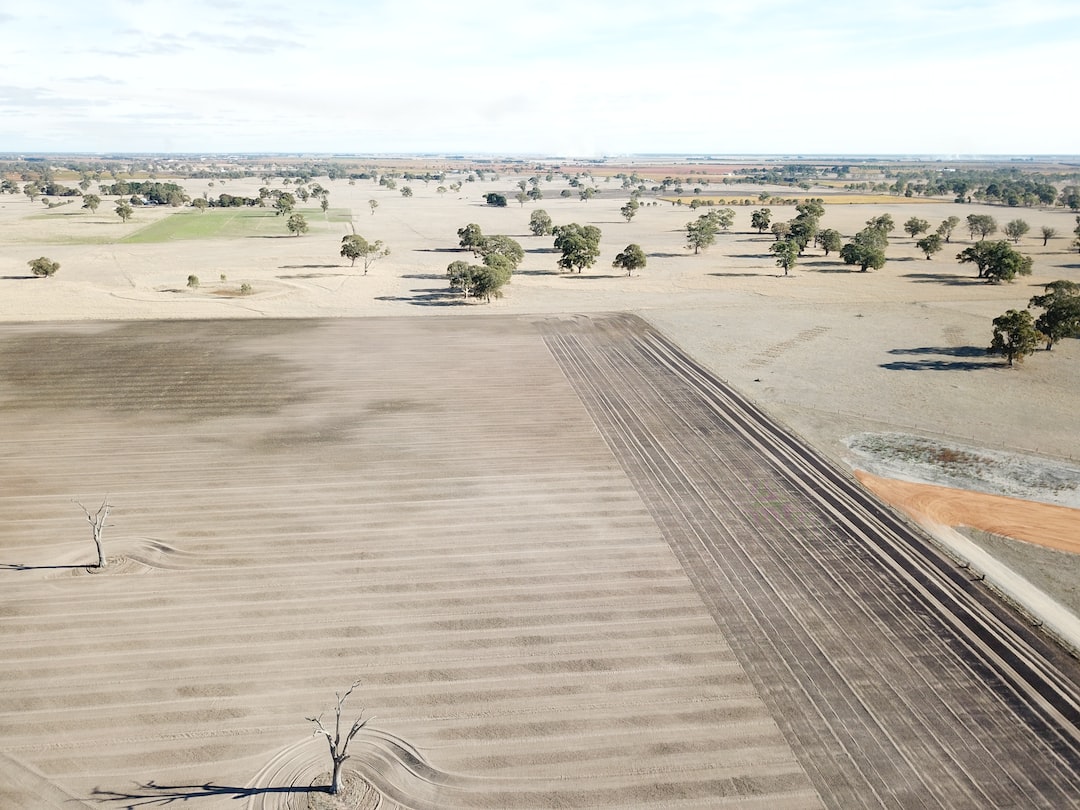The Benefits of Using a Seeding Machine For Efficient Crop Production
A seeding machine, also known as a planting machine, enables farmers to sow seeds at the proper depth and distance. It reduces the time and effort that would be otherwise needed to plant crops manually.
It consists of a seed hopper with alternative seed dividing heads, a special s-type low till tines for uniform soil aeration, and a metering mechanism for auto plotting and general sowing.

Improved Seed-to-Soil Contact
The seed drill makes it possible to precisely distribute and cover seeds with a minimum amount of soil, ensuring each source gets the right amount of water, light, nutrients, etc. It allows for an increased germination rate and improves crop yields (up to eight times) by improving the ratio of seeds harvested per seed planted.
A seed drill uses tubes to create holes for each seed, spacing them at the desired distance and planting them in order. The machine can also apply fertilizer at the same time.
Some machines use air to transport the seed, while others use ground-based methods like a tractor’s power. A good seeding machine should be durable and reliable regardless of the machinery used. It should be able to cut through the soil easily, avoid blockage and maintain a consistent speed. In addition, the discs that cut through the ground should be designed to prevent damage and have smooth or wavy edges depending on the condition of the field.
Reduced Fertilization Needs
The seeding machine allows farmers to plant seeds in rows while reducing the need for plowing. This also helps to keep the soil structure intact and reduces the amount of fertilizers used on a farm.
Using a seeding machine also helps improve the crop’s quality by ensuring the seeds are evenly distributed and planted at the correct depth. This is important because deep-rooted plants can draw up nutrients from the soil’s depths and help provide a more nutritious environment for future crops.
The seeding machine uses a hopper filled with seeds placed above a series of tubes that can be adjusted for the desired spacing between the bases. These tubes then create holes in the soil and drop the seed, with a colter covering the soil. This process is known as “seed drill” sowing. Draft animals, such as bullocks, or a power engine, like a tractor, can power seeding machines.
Reduced Wastage of Seeds
Seed drills can mechanize the process of sowing crops in the field. They have a hopper filled with seeds attached to a series of tubes that can be set at fixed distances to allow the correct space required for the optimum growth of the resulting plants.
As the tube attached to the hopper is pulled, it creates holes in the soil at the selected depth. The seed is then dropped into the hole and covered with soil. This allows the farmers to spread the seeds even while saving them from birds or other animals that may try to eat them.
While the seed drill can work for various seeds, it is commonly used to plant corn and other larger crop varieties. It can complete the process of loosening the soil, digging, spreading fertilizer, and seeding all in one operation. It also allows for precise control of the planting rate and soil coverage.
Increased Yield
Seeding machines allow for a more efficient and quicker planting process, meaning crops can be planted earlier. This is a huge benefit because early cropping can give crops the best chance to intercept sunlight and grow quickly.
During the growing season, this can make a significant difference in the quality and yield of the crop. Another way that a seeding machine can increase output is by ensuring that seeds are evenly distributed throughout the soil. This is vital because if the seeds are too close together, they may not get enough nutrients or sunlight.
The agricultural seed drill machine is useful because it can evenly distribute seeds without wasting any land. A seeding machine can also be used to fertilize at the same time as planting, further enhancing the efficiency of the process. This can reduce the project’s overall costs while boosting the crop yield.


